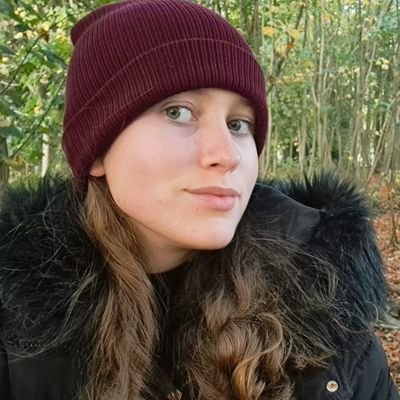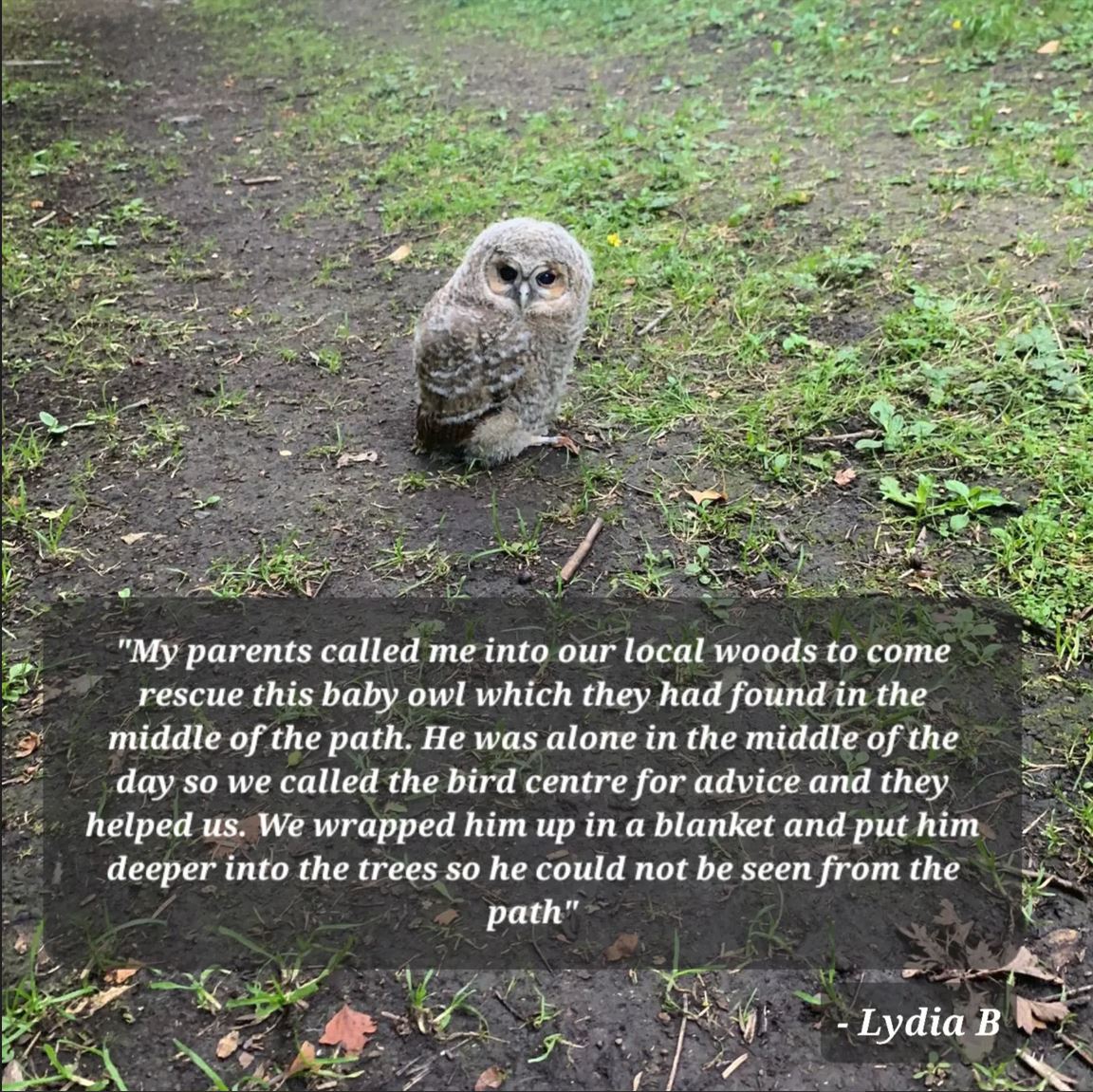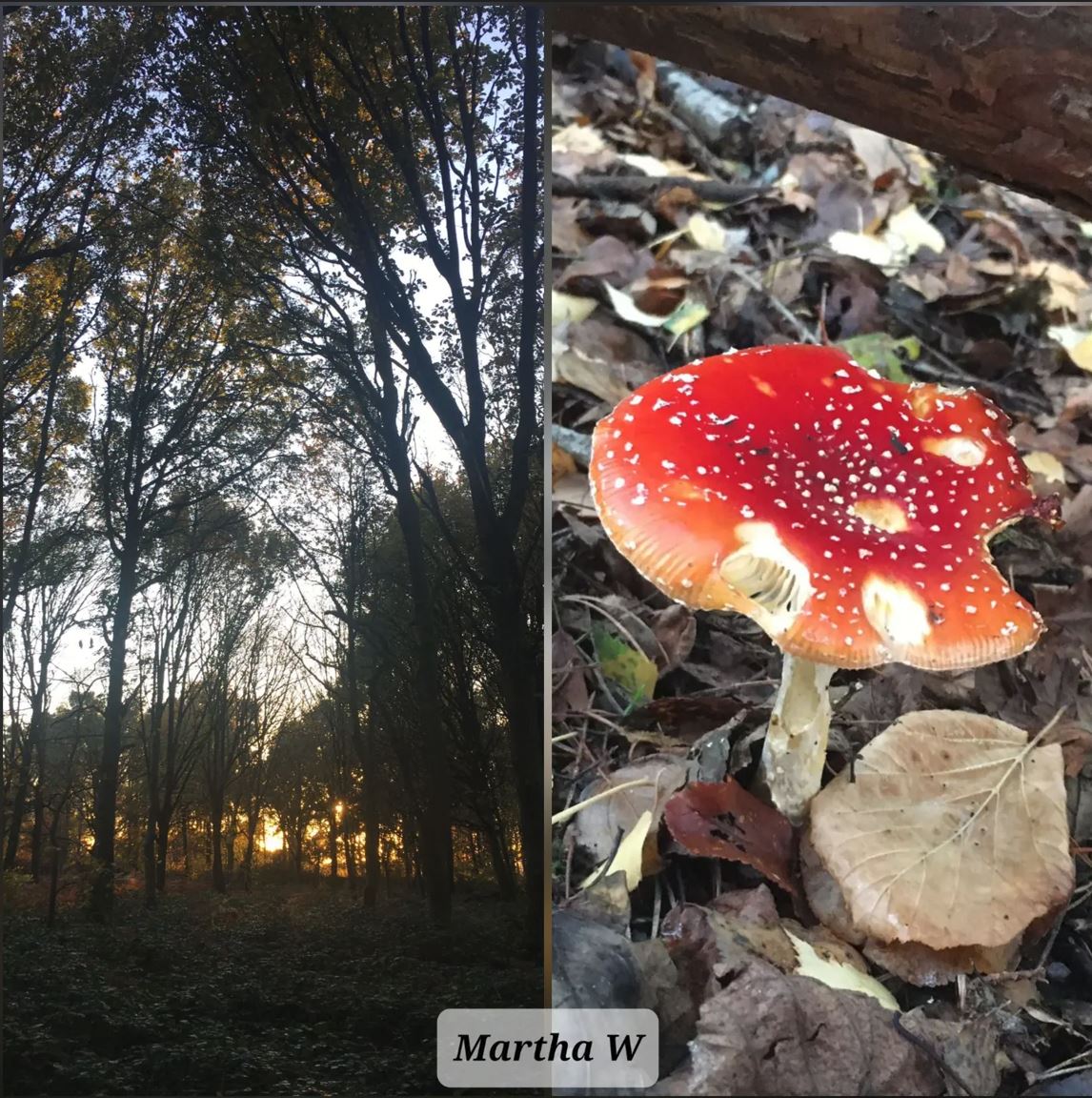By Emily Hunt
Perhaps I was clutching at straws. I found it hard to believe that young people as a whole didn’t care about nature. So I sent out a request for people in my school to forward me any photographs of nature that they had in their phone galleries.
Emily Hunt

Emily was chosen as Warwickshire Young Poet Laureate 2023
Follow her on Twitter @em_nature
The result has been inspiring, and the project has gained the attention of OCR (exam board behind the Natural History GCSE) and the Warwickshire Wildlife Trust.
The idea formed when I began to take an interest in youth engagement with nature, or rather, the supposed lack of it. My mind began ticking over after attending several panel events where the issue was discussed. The absence of solutions frustrated me. It was easy to talk about the problem, but solutions weren't obvious – and so I left each talk a little more deflated and despairing, as it's clear we need our generation on board if we are to reverse biodiversity loss and tackle the climate crisis. There is a thriving community of young people passionate about nature on social media, who attend BTO events and Birdfair etc, but what about my fellow students at school? Were they all so disinterested?
So I began to pay attention to other young people’s interactions with nature. At my school we have very little access to nature, having only a sports field as our outdoor space. However, sometimes nature appears in unexpected ways. One of the most memorable moments was when a red kite flew over the school field while being mobbed by crows. A gaggle of Year 11 boys halted their football game to watch it as it dipped and dived to shake the corvids off its tail.
These boys were in awe of this incredible bird of prey, and yet these are the kids who may have been stereotypically labelled as those who never notice wildlife and are disengaged from the world around them
The boys cheered and clapped like spectators at a match. The whole group were captivated by it. It was at this point that it hit me – are we getting it all wrong? These boys were in awe of this incredible bird of prey, and yet these are the kids who may have been stereotypically labelled as those who never notice wildlife and are disengaged from the world around them.

So, I tentatively texted school group chats with ‘got any nature pics in your phone galleries?’ Obviously this was not without personal risk - but I was prepared for any teasing which might follow…I was already accustomed to occasional chants of Em loves nature as I went about my day to day business. However, word soon got around and pictures began to trickle in. After sharing some on my social media accounts, more arrived and more people joined in! The reasoning behind my request was that each photograph represents a moment when a young person has stopped to capture and appreciate nature. In that moment they were engaged in their own way.
With the pictures came stories too, for example Lydia had helped rescue a young owl found in the woods, Blue had relocated a caterpillar found at the tip, and Harry had fed a vole which wasn't looking very healthy. But who would know about these good nature deeds if I hadn't asked? Are lots of young people interacting with nature but not mentioning it - who would they tell? Do they need to tell anyone - perhaps it's just instinctive to help out an animal in need or to gaze at a beautiful view. Should we re-evaluate the assumption that the youth is disengaged? How do we measure such a thing anyway?

Nature isn't a subject deemed cool to talk about among a typical group of 15 and 16 year olds. Individuals may feel isolated in their interest and have no way of developing it further. Memberships to organisations are expensive, the curriculum is nature-deprived and at secondary school we lose much of our free time plus our access to nature clubs and Forest School. How do we expect a love of nature to flourish?
I believe the launch of the Natural History GCSE in 2025 will have a massive impact on youth engagement with nature
I don't have all the answers - but what I do have is a collection of nature photography and stories from students at my comprehensive high school. Students who may have been branded 'disengaged'. It is a source of optimism, it is growing and it is spreading! My Headteacher has given me permission to display the pictures in school as a ‘Green Gallery’ and my English teacher and I are planning writing workshops based upon students' pictures. We hope to make it more commonplace to celebrate nature and for young people to have a way of expressing their interest.

I believe the launch of the Natural History GCSE in 2025 will have a massive impact on youth engagement with nature - it will firmly place nature on the curriculum and provide a space for young people to interact and develop an interest. In the meantime, maybe we should question the assumption that the youth are disengaged, maybe they simply have very few avenues in which to register their interest. Let's find more ways, however small they may seem, to change this!
